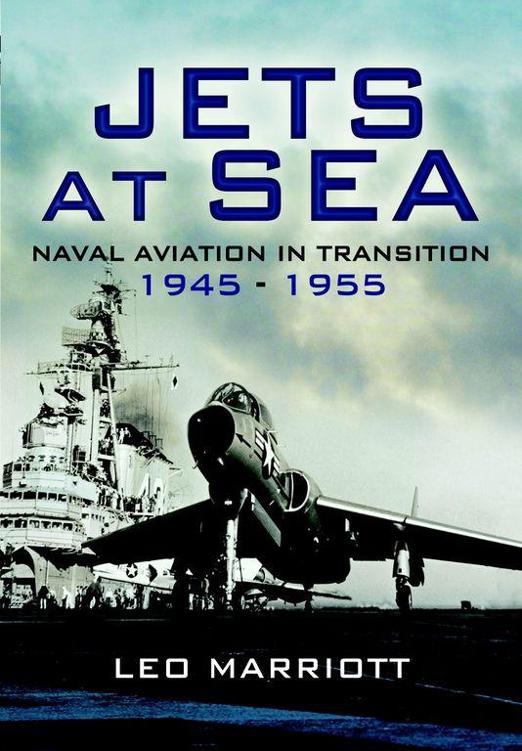

Most ebook files are in PDF format, so you can easily read them using various software such as Foxit Reader or directly on the Google Chrome browser.
Some ebook files are released by publishers in other formats such as .awz, .mobi, .epub, .fb2, etc. You may need to install specific software to read these formats on mobile/PC, such as Calibre.
Please read the tutorial at this link: https://ebookbell.com/faq
We offer FREE conversion to the popular formats you request; however, this may take some time. Therefore, right after payment, please email us, and we will try to provide the service as quickly as possible.
For some exceptional file formats or broken links (if any), please refrain from opening any disputes. Instead, email us first, and we will try to assist within a maximum of 6 hours.
EbookBell Team

4.8
104 reviewsAs World War Two drew to a close, jet-powered aircraft were beginning to be introduced into service. To take advantage of this major development it was necessary for all the worldOCOs air powers to rethink combat tactics and develop the means of handling these faster and generally larger aircraft in the air, on land and especially at sea. As this modern breed approached and finally broke the sound barrier, so did landing and takeoff speeds. The decade after the war saw rapid developments in the design of both naval aircraft and their seaborne bases - the aircraft carrier. The first jet to land aboard a carrier was a modified de Havilland Vampire in 1945 on H.M.S. Ocean. Progress was rapid and the application of British inventions such as the angled flight-deck, steam catapult and mirror landing sight soon became adopted by the major navies of the world. Naval aircraft too became more sophisticated by the addition of high-lift flap systems and strengthened undercarriages to allow them to operate more safely at sea. The author describes the development of these improvements and then their operational advantages in the Korean War and Suez. He goes on to describe the US development of a potential nuclear carrier-borne bomber, the French Navy and its withdrawal from Vietnam in 1954 and then the use of naval aircraft for anti-submarine work.